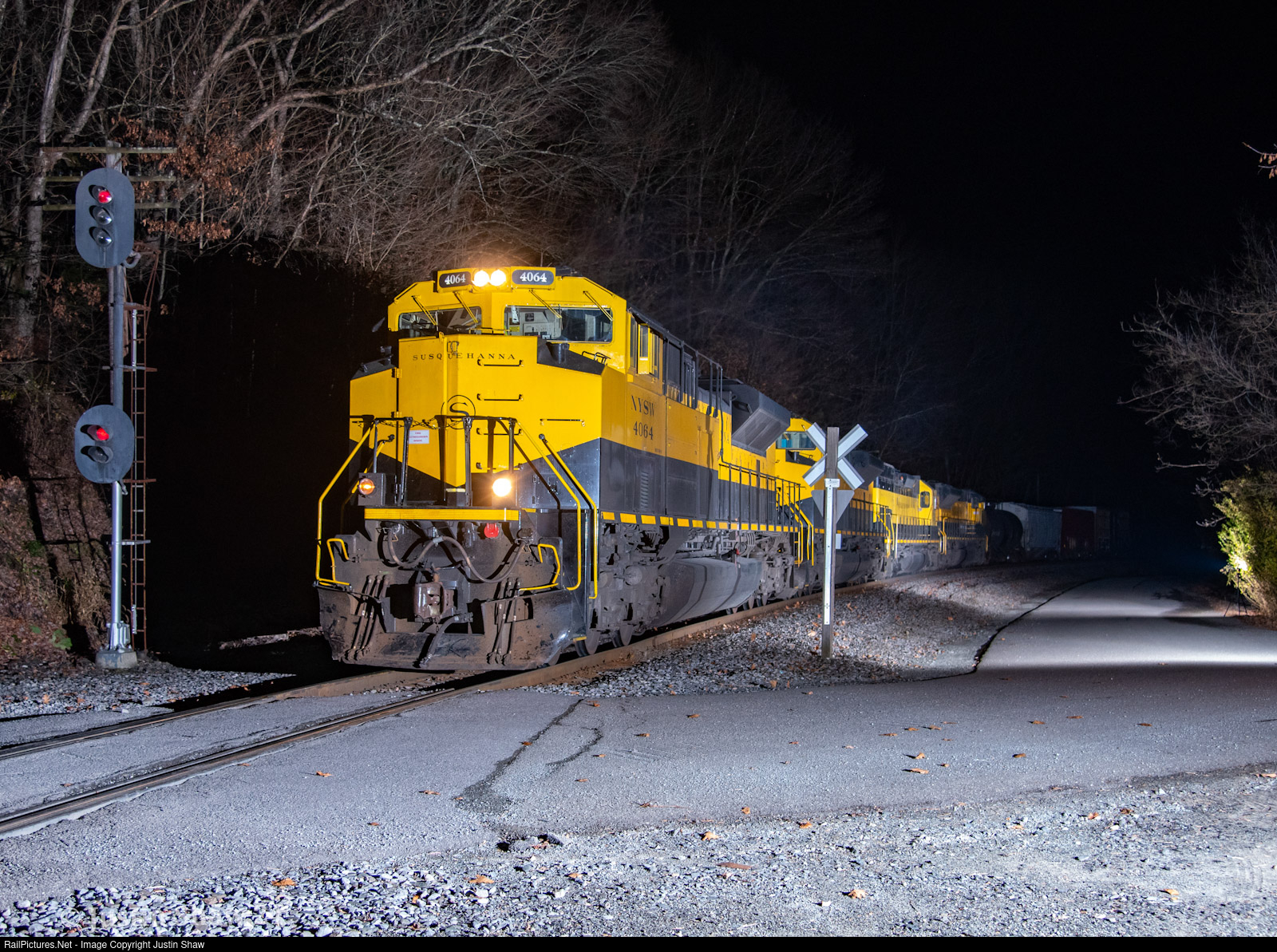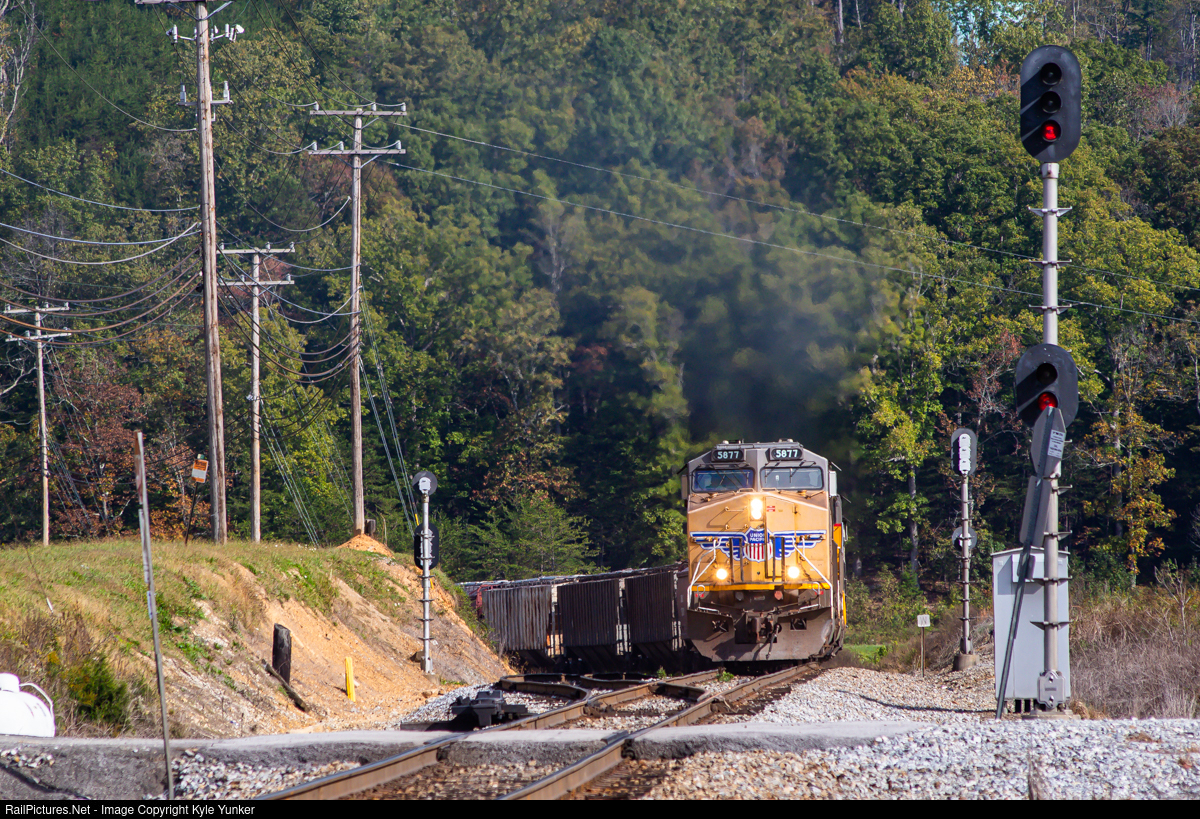There's a odd feature in current North American railroad signal practice dating back to the 19th century that hints at the practices of old like a vestigial organ. Lacking a former name, one might call the aspect "lowest head Restricting" or "3rd head Restricting", but its feature is a prominent gap between the top "full speed" or "normal route" head and the bottom lamp used to display Restricting indications. What would be a R/R/Y (or R/R/L) under normal circumstances, becomes R/ /Y, with the middle head omitted. So why does this exist and why is it still in use today.
Low head restricting originates in the concept of the subsidiary signal. In the days of mechanical semaphores a subsidiary signal is a smaller semaphore arm mounted below the "main" arms to give Restricting type movement authority.

In North America, it was not uncommon for this subsidiary signal to be mounted on the ground at the base of the mast or under the signal if mounted on a gantry or cantilever. The New Haven railroad was a proponent of this ground mounting practice and continued it up until they were folded into Penn Central.
As North American signaling progressed into the electric era, signal aspect systems would have an upper head for straight routes, a lower head for diverging routes and then a "subsidiary signal", either on the mast or on the ground, for Restricting/call-on conditions. Interlocking setups like the Taylor system would even have a separate lever controlling each signal head. Although this "third head" position on signals would later see use with other slow speed and combination indications like Medium Approach Medium, the link between the third head and Restricting remained strong. Of course as an economizing measure, some railroads went the route of only using two heads with R/Y as Restricting and simply not having a Diverging Approach type indication (its not strictly necessary). However, one could also economize by eliminating the middle head if it was only serving as a marker, especially if the lower "head" was its own signal on the actual ground. The Erie, along with the Reading, were both good examples of the gap between the upper and third head were left exceptionally large to avoid confusion.
Of course as signal mounting distances became more standardized, this gap became less emphasized to the point where one could make the argument that there was a likelihood of confusion between R/Y Diverging Approach and R/ /Y Restricting. Here we see an example of two bracket mounted signals with R/ /Y restricting at Chicago's KEDZIE interlocking installed by the CNW in the 1990's.
Today one can accommodate both R/Y Diverging Approach and a Restricting indication on a two headed mast through the use of lunar white or flashing red . At this time NS is the only major railroad to install new examples of R/ /Y Restricting and does so only on its former Southern RR signal territory.
Of course quite a few railroads, including Canadian Pacific aligned Delaware and Hudson, never went with the economizing feature of the gap and instead went with a three head system with R/R/Y Restricting and R/Y/R Medium Approach. Under the Conrail associated NORAC system R/ /Y of predecessor roads like the Erie and Reading were considered to be a two head R/Y Restricting with three head R/R/Y Restricting as another option. The C&O on the other hand only had R/Y Restricting with any third head left dark because they just had to be different.





No comments:
Post a Comment